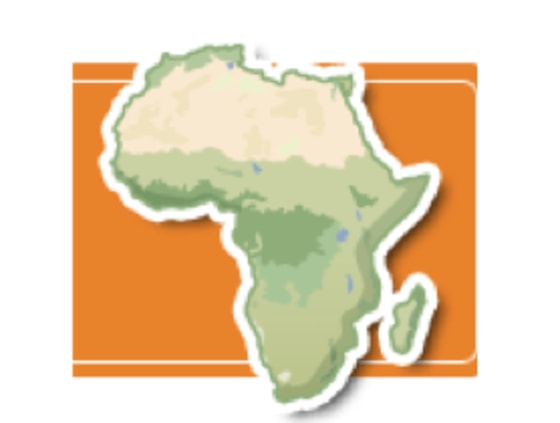Google and a group of organizations in South Africa are testing a cheap way of giving schools access to the Internet.
Ten schools near Cape Town will be part of this six-month trial, Google explained. The team will pipe the schools wireless broadband over "white spaces" — slivers of free channels between spectrum reserved for broadcast TV stations — from base stations at Stellenbosch University in Cape Town.

Spectrum is a limited resource, but rural locations without too many people or TV stations tend to have unused channels in their area. Google.org has built a Spectrum Database that tracks where these free white spaces fall. The Cape Town group is drawing on this resource to select unused channels. Since the signals can travel long distances, the argument is that white-space broadband could bring Internet access to rural areas without too much new infrastructure.
By the end of the trial, Google and its partners hope to convince to the Independent Communications Authority of South Africa, the country's communications regulator, that using the white space for broadband won't disturb existing spectrum users.
Meanwhile, in Kenya, Microsoft is using solar power and white space broadband to extend Internet access to places without electricity.
Spectrum for devices and mobile broadband can be allocated and shared more effectively in the U.S. too, Google believes. The company is applying to become a certified White Spaces Broadband Administrator in the U.S., and is in the middle of a trial with the Federal Communications Commission. The FCC has been "actively working to unlock" the spectrum for a while, but it's been slow to take off.
Nidhi Subbaraman writes about technology and science. Follow her on Twitter and Google+.
